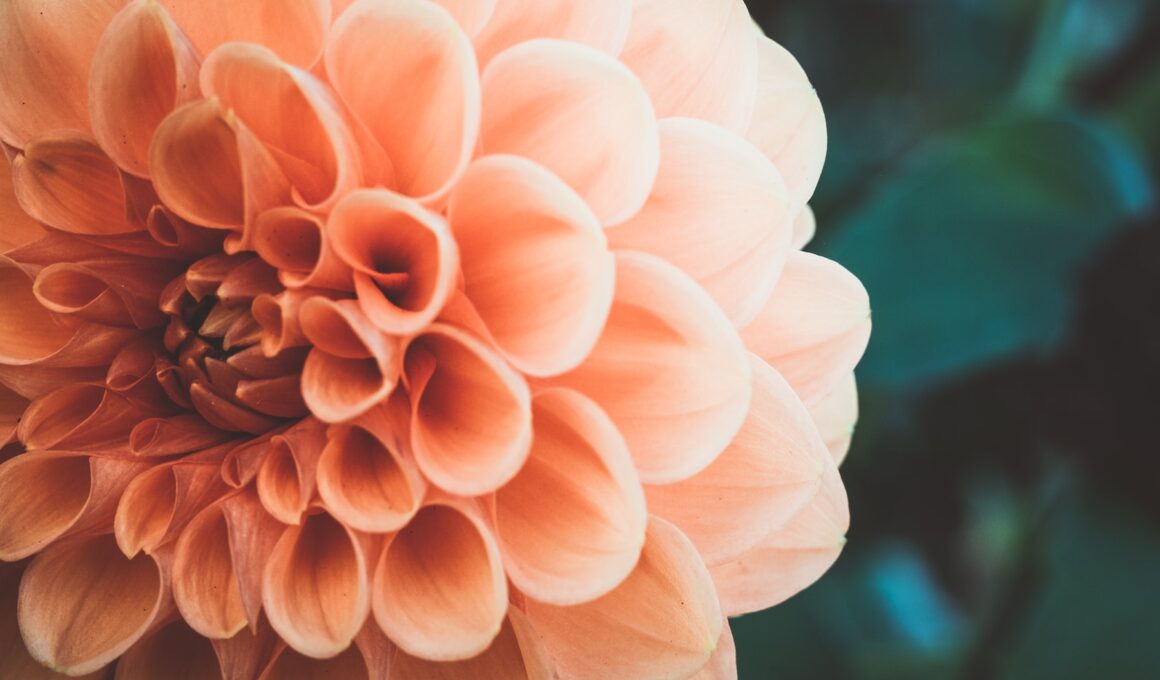Understanding Your Climate and Dahlia Type
You’ll want to take into account the climate you live in as well as the type of dahlia you have to ensure they thrive. Some dahlias are more cold-hardy than others and can tolerate a light frost, while others are more delicate and require winter protection. If you live in an area that experiences harsh winters, you’ll want to consider cutting your dahlias back to protect them. When it comes to planting locations, dahlias prefer well-draining soil and full sun. If your dahlia is planted in an area that tends to hold moisture, it’s important to cut it back before winter to prevent rot. Cutting back the foliage and stems also makes it easier to cover the plant with a layer of mulch or straw for added winter protection. While cutting back your dahlias may seem daunting, it’s an important step in ensuring their survival through the winter. By taking into account your climate and dahlia type, you can make the necessary preparations to protect your plant and ensure it thrives come spring.Pros and Cons of Cutting Back Dahlias
Trimming your dahlias before the temperature drops is a mixed bag of benefits and drawbacks. On one hand, cutting them back can help prevent frost damage and disease, as it removes any dead or damaged foliage. This can also make it easier to store the bulbs for next season. However, cutting back too early can also leave the plant vulnerable to damage from the sun or wind, as well as potentially reduce the plant’s ability to store energy for next season. Another potential drawback of cutting back dahlias is that it can reduce the plant’s aesthetic appeal during the winter months. Without the foliage, the plant may look bare or unattractive, which can be a downside if you enjoy looking at your garden year-round. Additionally, if you live in a milder climate, cutting back may not be necessary at all, as the plant may be able to survive the winter without any extra care. Overall, whether or not you choose to cut back your dahlias before winter will depend on your specific situation and preferences. If you live in a colder climate or have had issues with disease in the past, cutting back may be the best option for protecting your plant. However, if you live in a milder climate or prefer to keep your garden looking nice year-round, you may want to skip the trimming and let your dahlias do their thing.Is it Necessary to Bring My Rosemary Plant Inside for Winter?
Is it necessary to bring my rosemary plant inside for winter? Many experts recommend not leaving rosemary plant outdoors in winter, as it is a tender perennial that doesn’t tolerate freezing temperatures. To ensure its survival, it’s best to provide protection or bring it indoors to a frost-free location.









